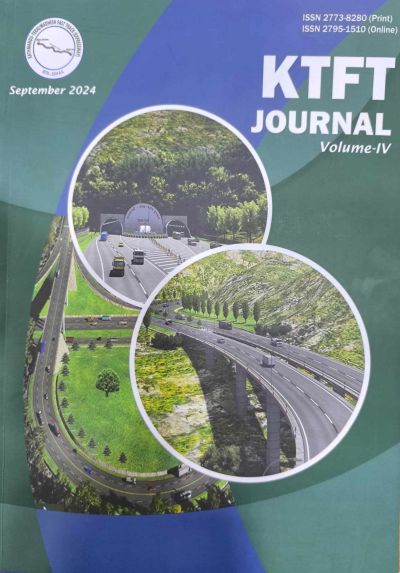Green Infrastructure Solutions for Slope Stabilization along the Kathmandu Terai/Madhesh Fast Track Road Project
DOI:
https://doi.org/10.3126/ktftj.v4i1.70440Keywords:
green infrastructure, slope stabilization, Kathmandu Terai/Madhesh Fast Track, soil stability, sustainabilityAbstract
This paper addresses and examines slope stability issues and the potential of green infrastructure along the Kathmandu-Terai/Madhesh Fast Track (KTFT) road project in Nepal. KTFT, a strategic infrastructure endeavor, traverses through diverse terrains, including steep mountains, unstable slopes, and river gorges, posing significant slope stability risks. The slope stabilization methods using traditional civil engineering techniques frequently result in negative technical, financial, and environmental effects, although positive outcomes are also possible under certain conditions. This study highlights green infrastructure as a viable and sustainable alternative, incorporating bioengineering, terracing, and re- vegetation techniques. In addition to stabilizing slopes efficiently, green infrastructure adheres to resilience, affordability, and environmental conservation concepts. This paper conducts a slope stability analysis using Cambisols soils along the KTFT route, demonstrating the significant improvement in slope stability with the implementation of green infrastructure. However, challenges like policy gaps, limited technical expertise, and social considerations need to be addressed for successful implementation. When choosing suitable green infrastructure techniques, this study highlights the significance of taking site-specific characteristics, financial constraints, and aesthetic concerns into account. It also emphasized that routine maintenance is necessary to guarantee the long-term viability of green infrastructure solutions. The promise of green infrastructure as a cutting-edge and environmentally friendly solution to slope stability problems that also promote environmental preservation and the long-term well-being of the area is highlighted in the paper's conclusion.




